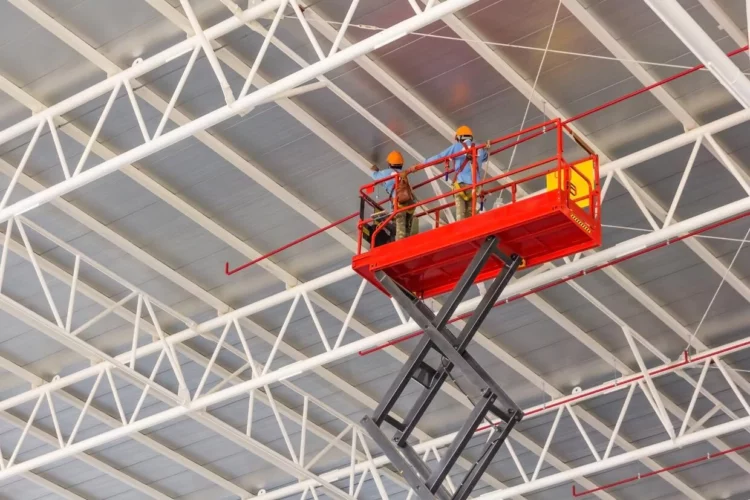Asphalt is a mixture of aggregates, such as sand and gravel, and bitumen, a heavy, sticky substance that is derived from crude oil. It is commonly used for paving roads, parking lots, and airfields, as well as for roofing and waterproofing applications. Asphalt may be removed due to deterioration, upgrades, repairs or new construction. The debris created when an asphalt surface is removed is called asphalt grindings. This debris consists of small pieces of asphalt that can be reused for various purposes. The grindings can be produced by a milling machine, which grinds up the asphalt surface, or by a cold planer, which cuts and removes the surface. The size of the grindings can vary depending on the size of the milling machine or cold planer used, as well as the desired finished surface.
A milling machine grinds up the asphalt surface. It typically has a rotating drum with carbide-cutting teeth that grind and remove the surface of the asphalt. The size of the milling machine and the size of the carbide cutting teeth determine the size of the asphalt grindings that are produced. A cold planer, also known as an asphalt planer, uses a large drum with cutting teeth to remove and mill the surface of the asphalt. Cold planers are typically used to remove a specific layer of the asphalt surface or to create a specific finished surface. Cold planers can be used to mill down the surface of an asphalt road or highway or to remove the surface of a parking lot or runway.
Applications of Asphalt Grindings
Asphalt grindings can be used in a variety of ways, some of which include:
Paving a new surface: Asphalt grindings can be reused as a base material for new asphalt paving projects. By adding a new layer of asphalt on top of the grindings, a new, smooth surface can be created.
Filling potholes: Asphalt grindings can be used to fill potholes in existing roads or driveways. The grindings are compacted into the hole and then covered with a new layer of asphalt.
Base for new construction: Asphalt grindings can be used as a base material for new construction projects, such as building foundations, retaining walls, and driveways.
Dust suppression: Asphalt grindings can be used to suppress dust on unpaved roads and construction sites.
Soil stabilisation: Asphalt grindings can be mixed with soil to provide stability and prevent erosion on construction sites or other areas prone to erosion.
As a raw material for new asphalt production: Asphalt grindings can be used as a raw material for new asphalt production. The grindings can be ground down to a specific size and then used to make new asphalt.
As a filler for landscaping: Asphalt grindings can be used as a filler for landscaping projects, such as creating walkways or garden beds.
As a subbase for pavers and other surfacing: Asphalt grindings can be used as a subbase for pavers and other surfacing materials, providing a stable base that supports the weight of the pavers and other materials.
Benefits
Reusing asphalt grindings is a cost-effective solution for many construction projects, as it eliminates the need to purchase new materials. Using asphalt grindings instead of disposing of them in landfills helps to reduce waste and is a more environmentally friendly option. Asphalt grindings can be used in a variety of ways, such as paving new surfaces, filling potholes, and as a base for new construction projects. Asphalt is a durable material that can withstand heavy traffic and weather conditions, making it a suitable choice for many construction projects.
Asphalt grindings are small, easy to handle pieces that can be transported and used on a variety of different projects. Asphalt grindings are easier to compact as compared to other materials, which makes it a great choice for construction projects that require a stable base. Asphalt grindings can be used to improve drainage on construction sites and other areas prone to water accumulation. It can also provide good skid resistance, making it a safe surface for pedestrian and vehicle traffic.



